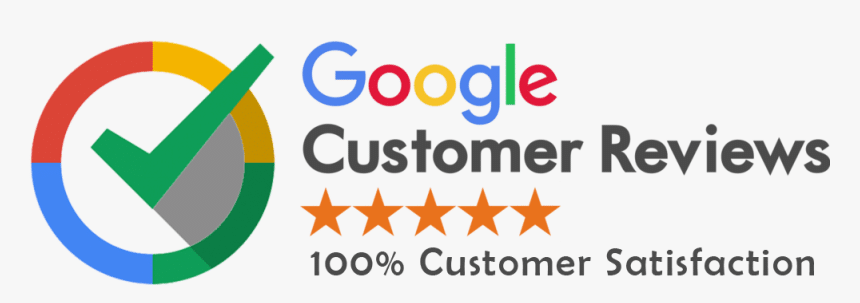Web design is not just about creating a good-looking website. It’s about how the site connects with people, helps businesses grow, and builds trust with visitors. One powerful tool that helps with this is social media. Today, almost everyone is using platforms like Facebook, Instagram, LinkedIn, and TikTok. That’s why connecting these platforms with a website is more than a trend—it’s necessary.

Let’s explore how social media adds value to web design, helps your business grow, and gives visitors a better experience.
More People Find Your Website Through Social Sharing
When people enjoy a product, service, or article, they want to share it with others. Social sharing buttons on your website make this easy. A visitor can simply click a button and post your content on their social media profile.
This small action can bring big results:
- More people see your brand
- Visitors trust your site more if they see their friends talking about it
- It increases traffic and improves your visibility on search engines
If you run an online store and place Facebook, Twitter, and Pinterest share buttons on product pages, visitors can share their favorite items with others. This can lead to more clicks, more engagement, and higher chances of sales.
Social Media Login Makes It Easy for Visitors
Many people don’t like creating new accounts on websites. They either forget their password or stop halfway. But when you allow social logins—like “Sign in with Facebook” or “Login with Google”—it saves them time and frustration.
Why this helps:
- People are more likely to sign up
- They don’t need to remember a new username and password
- You get access to social data like name, interests, or email (with permission)
Two out of three users prefer using social login options instead of creating new accounts. This makes user onboarding fast and smooth, especially for eCommerce websites, service platforms, or forums.
Embedded Social Feeds Make Sites Look Active
When you embed live Instagram or Facebook posts into your homepage or a specific section of the site, it shows that your business is active and real. It gives life to the site and helps build trust.
Example uses:
- An embedded Instagram feed on a clothing website showing new arrivals
- Facebook reviews showing what customers think
- A YouTube video block on the homepage for tutorials or testimonials
Tools like Elfsight, SnapWidget, or LightWidget help designers add these feeds easily without slowing down the site.
Boosts SEO with Social Signals
While search engines like Google don’t directly use likes or shares to rank pages, social media helps in other ways. When more people talk about your content on social media, the chances of getting backlinks and traffic from different sources increase.
This is important because:
- Higher traffic shows Google that people find your website useful
- Social media can help create branded search terms
- Viral content gets picked by bloggers and journalists
Designing websites with easy-to-share content helps SEO in the long run.
Builds Trust with Social Proof
When visitors land on your site, they look for signs of trust. Seeing real customer reviews, ratings, and social media mentions makes your brand more believable.
Here’s how to use social proof in web design:
- Display Facebook or Google reviews on the homepage
- Add a “Featured on Instagram” section for product usage photos
- Show customer testimonials taken from platforms like X or Threads
When customers see that others are happy with your product or service, they feel confident in doing business with you.
Improves User Experience on Mobile
Most social media traffic comes from mobile devices. If your website isn’t mobile-friendly, users coming from platforms like Instagram or TikTok might leave immediately. Web design must be responsive and optimized for mobile to avoid bounce rates.
Tips to ensure this:
- Use mobile-first design techniques
- Avoid pop-ups that block content
- Make sure buttons like “Shop Now” or “Share” are touch-friendly
It’s also smart to check how your website performs when opened through social media app browsers.
Allows Hashtag and Campaign Integration
Many businesses run hashtag campaigns on Instagram or Twitter. By placing the campaign on your website too, you strengthen your brand message.
Examples:
- Display all posts using your hashtag
- Create a landing page for the campaign
- Highlight user-generated content related to the tag
This makes your marketing consistent across platforms and website visitors can join the trend too.
Privacy and Security for Social Logins
While social logins are easy, they also come with responsibility. As a site owner or designer, you must protect user data and be clear about what information is collected.
Make sure your site:
- Uses HTTPS for secure login data transfer
- Shows a short privacy statement before login
- Does not store extra data without permission
If your visitors are from Europe or other regions with data laws like GDPR, then this step is a must.
Influencer Integration Through Design
Influencers play a big role in marketing. If your brand works with influencers, you can use web design to showcase them properly.
Design ideas:
- Create an “Influencer Wall” to show posts and reviews
- Add special landing pages for influencer promotions
- Embed influencer video testimonials on product pages
This helps build trust and shows that real people are backing your product.
Performance Tracking Through Analytics
Web design is not complete without performance tracking. By connecting social media traffic with tools like Google Analytics or Meta Pixel, you can measure:
- Which platform sends the most visitors
- What pages they visit after landing
- How long they stay
- If they buy something or sign up
Add tracking codes during the website build and review data regularly to improve UX and conversion.
Case Study: How a Web Store Used Social Integration
A Dubai-based clothing brand added Instagram feeds, social share buttons, and a Facebook review widget to their website. Within three months, they saw:
- A 30% rise in traffic from Instagram
- 22% more conversions from users who clicked a shared product
- Higher search engine ranking due to increased backlinks from shares
They also added a “Login with Google” option, and over 60% of users started using that instead of signing up manually. This saved time and increased trust.
Common Mistakes to Avoid
Even though social media helps, some design choices can go wrong:
- Adding too many social buttons makes the site look cluttered
- Auto-playing social videos can slow down page speed
- Poor placement of share buttons gets ignored
- Using broken or outdated platform links
To avoid this, test all features regularly, keep things clean, and focus only on platforms that match your target audience.
Conclusion
Social media is not just something to link. It’s a tool that should be part of your web design from the very beginning. It brings more visitors, builds trust, improves SEO, and creates a connection between your business and your users. From social logins to embedded feeds, each element adds a layer of interactivity that keeps people engaged.
If you’re planning a new website or redesign, don’t treat social media as an afterthought. Work it into your design, measure the results, and improve step by step. The combination of good design and strong social presence is what turns a regular site into a lead-generating machine.


